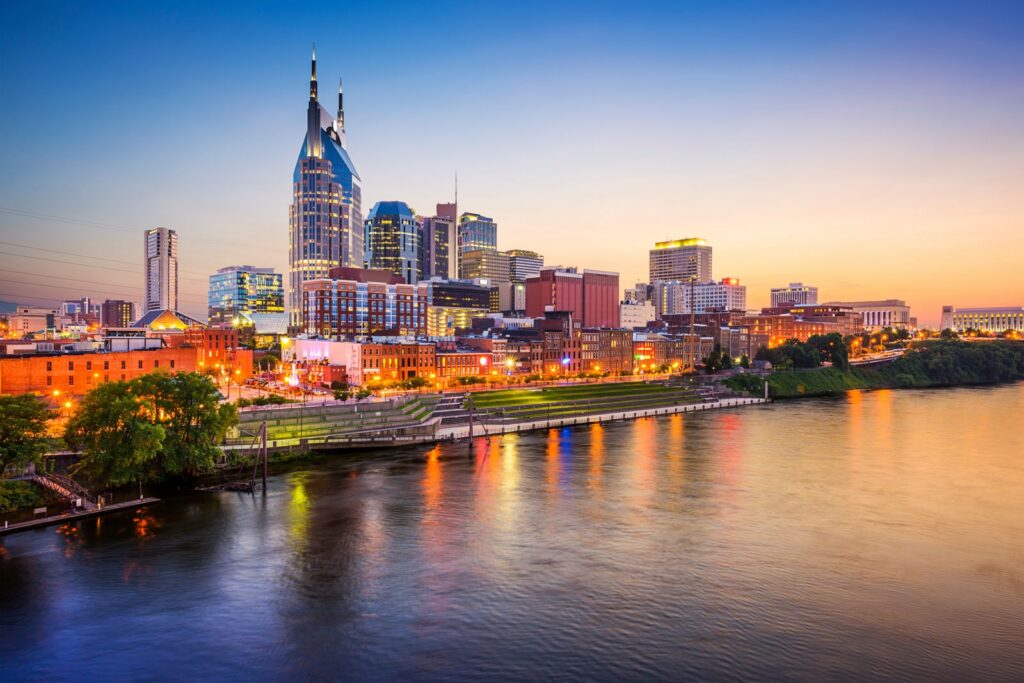Kansas is a U.S. state in the Midwestern United States. Its capital is Topeka and its largest city is Wichita. Kansas is bordered by Nebraska to the north; Missouri to the east; Oklahoma to the south; and Colorado to the west. Kansas is named after the Kansas River, which in turn was named after the Kansa Native Americans who lived along its banks.
Kansas is a Midwestern state that epitomizes the U.S. heartland with its Great Plains setting of rolling wheat fields. The Museum of World Treasures in Wichita, the state’s largest city, covers world history from dinosaurs to Elvis, while the open-air Old Cowtown Museum traces the city’s pioneer past. In nearby Hutchinson, the Cosmosphere displays the Russian Vostok and Apollo 13 spacecraft.
Kansas City Metro has many attractions for people moving to the Midwest. Sports with the KC Chiefs, KC Royals, and Sporting KC. The art scene is great with the Nelson-Atkins Museum. Great food, neighborhoods, and schools.
Kansas, which has an area of just over 82,000 square miles is the 15th-largest state by area and is the 34th most populous of the 50 states. Kansas has a population of just over 3 million people.
If you’re moving to Kansas, there are a lot of things you’re going to need to know. Luckily, you’ve come to the right place.
Here are a few pros and cons to consider as you make your move to The Sunflower State:
Kansas is historically an agricultural state. Manufacturing and services have surpassed agriculture as income producers, but farming is still important to the state’s economy, and Kansas follows only Texas and Montana in total agricultural acreage. Today, Kansas is a leader in wheat, grain sorghum, and beef production.
The number of unemployed persons fell from March 2021 to April 2021 by 3,599 (6.4 percent). The unemployment rate was 3.5 percent in April, down 9.1 percentage points from last April, and up 0.2 percentage points from last month.
From March 2021 to April 2021, nonfarm employment in Kansas fell slightly by 1,400 jobs (0.1 percent). Over the year, the number of Kansas nonfarm jobs for April 2021 was higher by 101,600 (8.0 percent) over the same month last year. This is using seasonally adjusted data. The non-adjusted figure is 98,800 more jobs.
Hallmark Cards, AT&T, Honeywell, and The Ford Motor Co. make up the major employers in this area. Tech, marketing, and skilled trades are also hot job markets in the city right now.
Kansas City has the traffic problems of a city a fraction of its size. If you’re coming from just about any other large city, you’ll be surprised, if not amazed, how little problems there are with traffic. It has the most freeway miles per capita of any city. Traffic jams are virtually non-existent.
Even though Kansas City is primarily a car-driven city, it has a fantastic transportation infrastructure with a plethora of options to get you where you need to go. Public transportation operates under RideKC, which offers buses, shared bike rides, and a free streetcar. The streetcar runs the length of two miles downtown, shuttling passengers to and from some of the most popular neighborhoods and attractions. This is your complete guide to getting around Kansas City.
How to Ride the Local Bus System
The local bus system, RideKC is clean, reliable, and offers dozens of routes across the metropolitan area.
Fares: Most routes start at $1.50 and can increase depending on which route you ride and/or if it is an express route. All fares can be purchased on the bus at the time of your ride with coins (excluding pennies), $1, $5, and $20 bills.
Since the most popular form of transportation in Kansas City is by car, renting one is highly recommended for a stay, unless you plan on staying downtown where the streetcar is easily accessible or have ample time to travel via the bus routes by RideKC.
The low cost of living is one of the top reasons many people move to Kansas City. In fact, Kansas City prides itself on having one of the lowest costs of living in the country. There are tons of options for where to live and even different types of living spaces at various prices. However, they are all relatively cheap for being in such a vivacious city.
The Kansas cost of living is nearly 8.74% less than the rest of the US, which puts Kansas as the sixth state in the US for the lowest cost of living. Median Household Income: $59,597. Average Household Income: $80,009. Per Capita Income: $31,814. 5.3% of Households in Kansas are High-Income Households that make over $200,000 a year.
Leawood
The median household income is $139,000 which would explain, perhaps, the high median property value. At $398,000 this area is rather exclusive some would say. The median rent is $1,234 and with 93% of residents living in owned homes tenants are pushed for choice.
Moving is one of the most exciting and overwhelming events in our lives. While there are many moving companies and various different resources to choose from, there is only one Real Movers. If you are in the process of planning a long-distance move, and you are looking for a moving company you can trust, Real Movers is your perfect choice.















